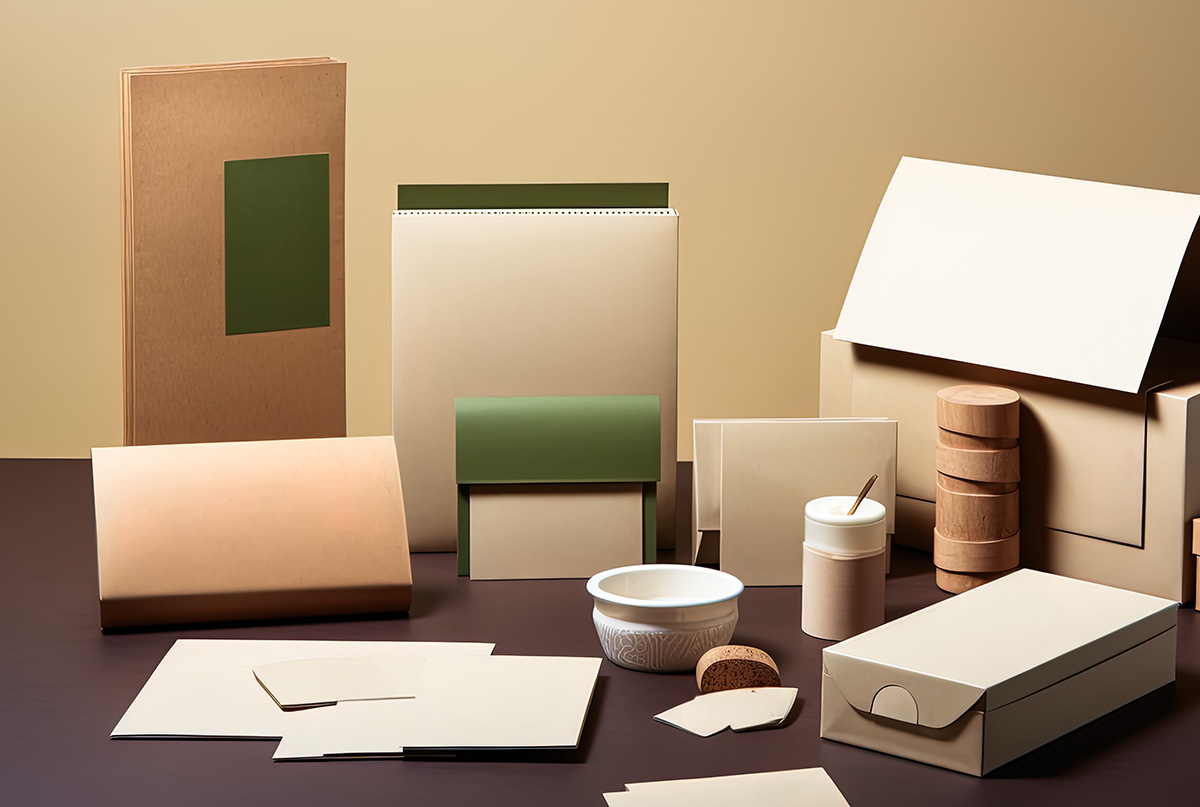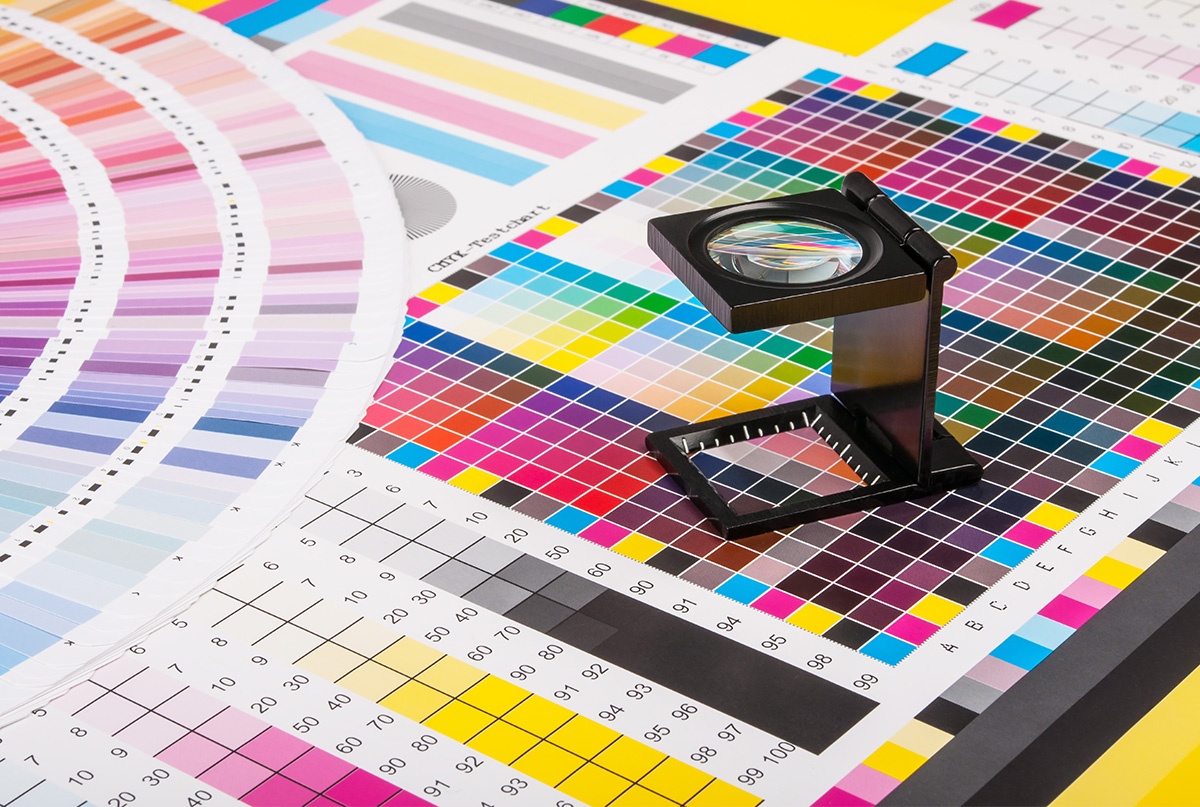The push for eco-friendly packaging is here to stay. Many consumers and businesses prefer to use this type of packaging to reduce their impact on the planet. At the same time, companies that use eco-friendly packaging can use it as a selling point to attract new customers.
Sustainable packaging options tend to be slightly different in every industry. Here are some eco-friendly alternatives for your cosmetics packaging.
What Is Eco-Friendly Packaging?
Before we look at alternatives to traditional packaging, it’s useful to learn what eco-friendly packaging or sustainable packaging is. Eco-friendly packaging refers to containers designed to have a lower impact on the environment. It is commonly made of recycled materials or the packaging itself is recyclable, compostable, or reusable.
Recycled Cardboard
If your cosmetics products can be sold in cardboard boxes, then it will be easy to make the packaging more eco-friendly. Just opt for packaging that is made from recycled or recyclable material or comes from a sustainable brand.
The challenge is that most cosmetics can’t just sit in cardboard boxes. It can work for soap and a few select other products, but not lipstick, eyeshadow, or blush, at least not easily.
These products will need another layer of protection, whether that is a lipstick tube or a palette to hold the eyeshadow. Those components are traditionally plastic, but they don’t have to be. Consider these other materials.
Bamboo
Bamboo is growing in popularity as a durable option with a high-end feel. It’s also renewable and visually appealing.
Glass
Glass is one of the most common alternatives to plastic cosmetics packaging and is what most companies think of first when making the switch. It is recyclable and a common option for liquid products like concealer and body cream. You can also encourage consumers to reuse your cosmetics’ glass packaging.
Metal
Metal is not likely to be one of the first materials that comes to mind for cosmetics packaging, but it can make sense. It doesn’t corrode easily, so you can encourage consumers to reuse it. Or if consumers choose to recycle it, its low melting point means it requires less energy to recycle than plastic.
As a bonus, metal is also lightweight and sturdy. Just consider whether your customers will want to see the product before switching to metal – the opacity of the material makes it less appealing for some people.
Silicone
At first, it may seem as if silicone is just as bad as plastic. After all, it doesn’t decompose. But it is an excellent option if you want your cosmetics packaging to be reusable. That is especially true because, unlike plastic, silicone won’t release toxic chemicals when it comes in contact with water or is reused. It is even heat-resistant. So, if you are considering refillable lipstick tubes or palettes, think about silicone.
Other Innovative Materials
You can also find a range of biodegradable and bio-based packaging materials. Consider cosmetics packaging made from cornstarch, beeswax, mushrooms, or seaweed.
Conclusion
Cosmetics companies have plenty of options for making their packaging eco-friendlier. Recycled cardboard is a great choice if it works for your product. Otherwise, consider glass, silicone, metal, bamboo, or a newer material like mushroom-based packaging. Even if you don’t switch to new materials, you can improve the eco-friendliness of your packaging by designing it to be reusable.




